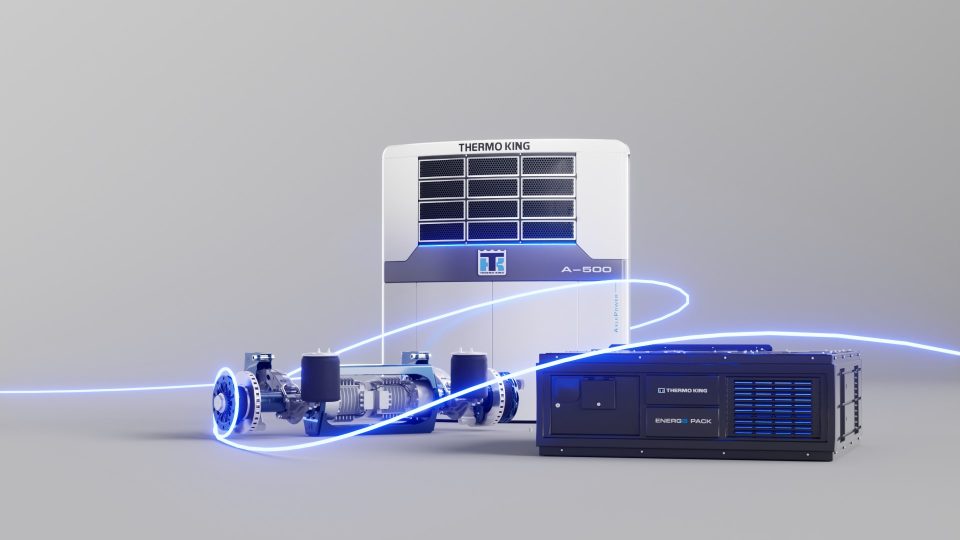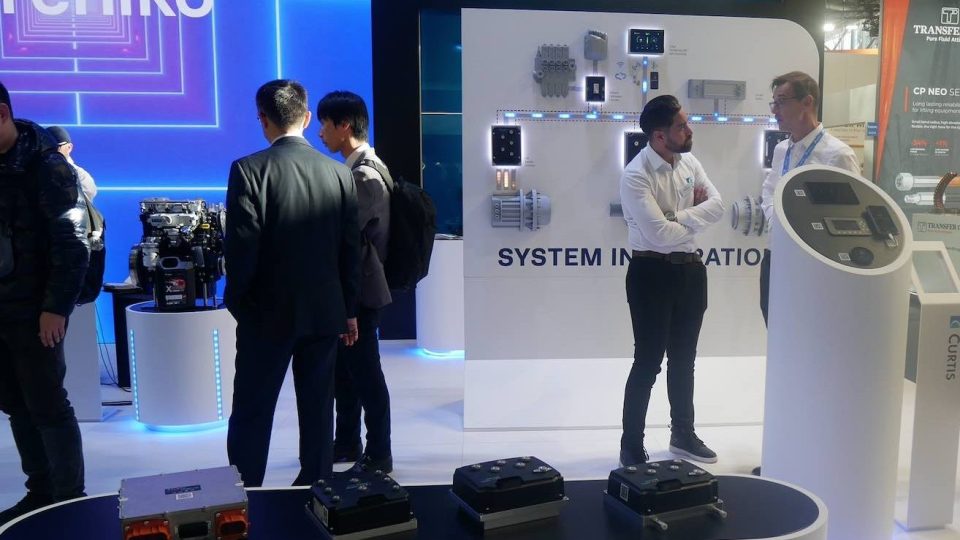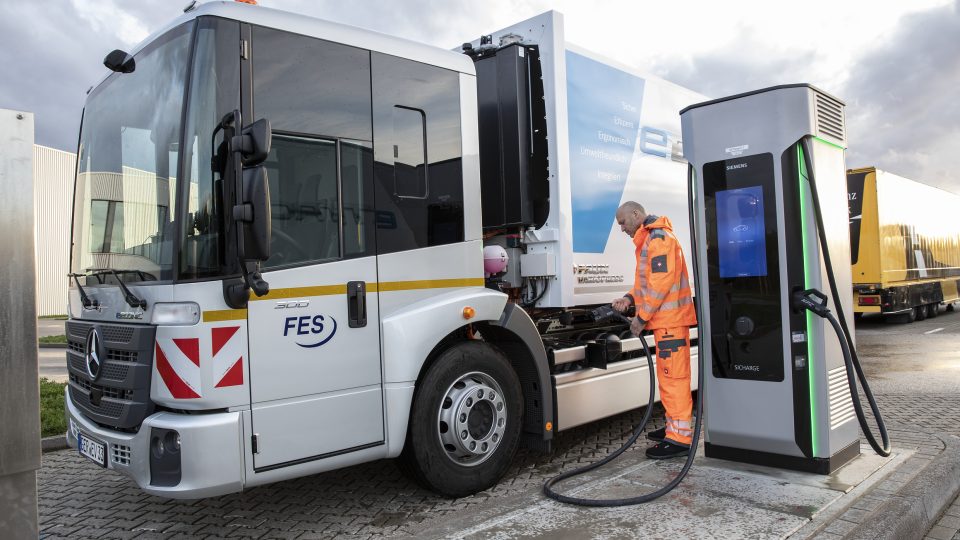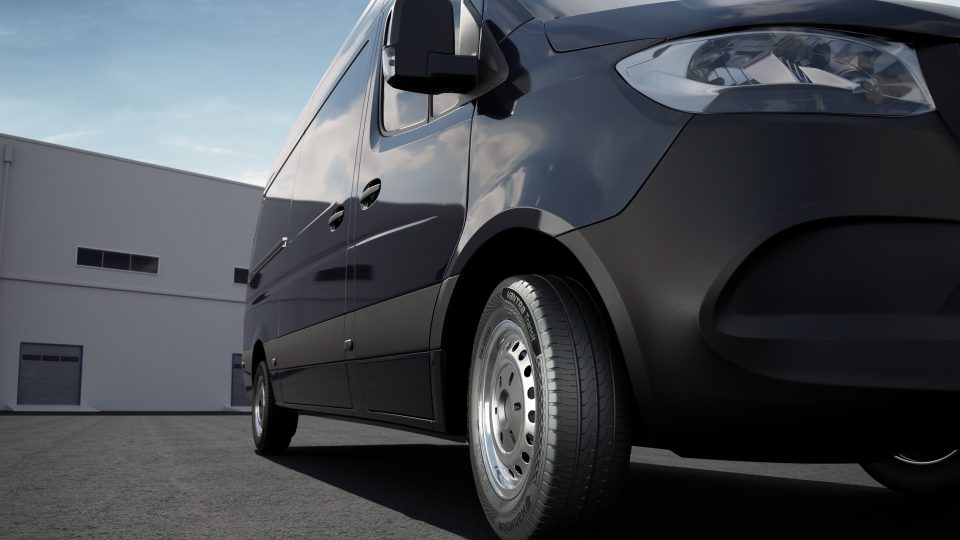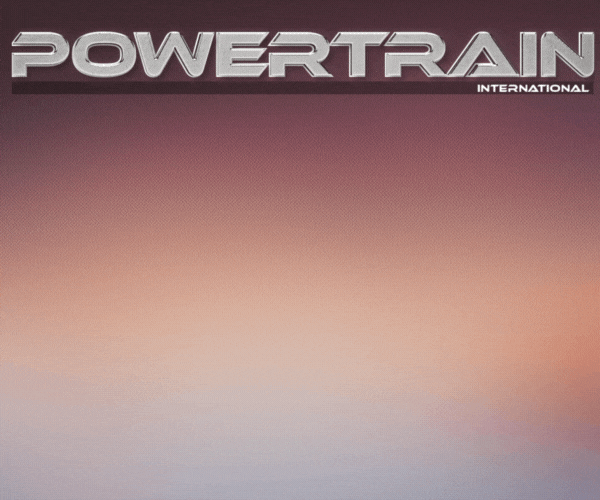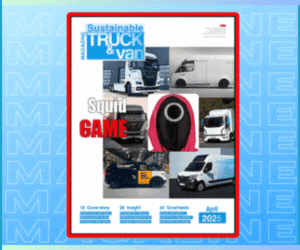ZF’s TraXon transmission for heavy-duty vehicles reached one million units produced
It was only last year that TraXon reached the 500,000 unit milestone, at that time the transmission was made almost exclusively at the main plant in Friedrichshafen. After production was expanded globally to ZF’s plants in Jiaxing (China) and Sorocaba (Brazil), it has taken just 18 months to double the number of units.
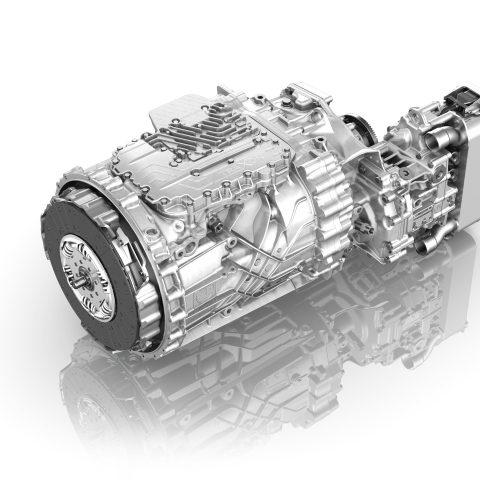
Production of ZF’s automated transmission system TraXon reached one million units. Launched in 2014, the well-known ZF transmission for heavy-duty commercial vehicles is currently manufactured in Germany, China and Brazil.
It’s quite impressive to find out that it was only last year that TraXon reached the 500,000 unit milestone, at that time the transmission was made almost exclusively at the main plant in Friedrichshafen. After production was expanded globally to ZF’s plants in Jiaxing (China) and Sorocaba (Brazil), it has taken just 18 months to double the number of units in order to meet the growing demand for efficient systems from customers all over the world.
ZF: towards the TraXon 2 transmission, starting in 2024
Building on the high technological level of the proven TraXon system, ZF is gearing up for the launch of its successor, the TraXon 2, which will go into series production in 2024. TraXon 2 will include further innovations, including ZF’s in-house mechatronics and a new electronic control unit. The latter will enable new software functions through outstanding computing power, such as cyber security and updates via mobile communications / WLAN – so-called over-the-air updates.
“TraXon has established an industry-leading reputation thanks to the quality of its design, reliability, and its ability to deliver energy efficiency, making it a valuable solution for commercial vehicle owners in terms of Total Cost of Ownership (TCO). It will continue to provide vehicle manufacturers and fleet operators with substantial value well into the future”, commented Winfried Gründler who heads the driveline systems product line for ZF’s Commercial Vehicle Solutions division.










